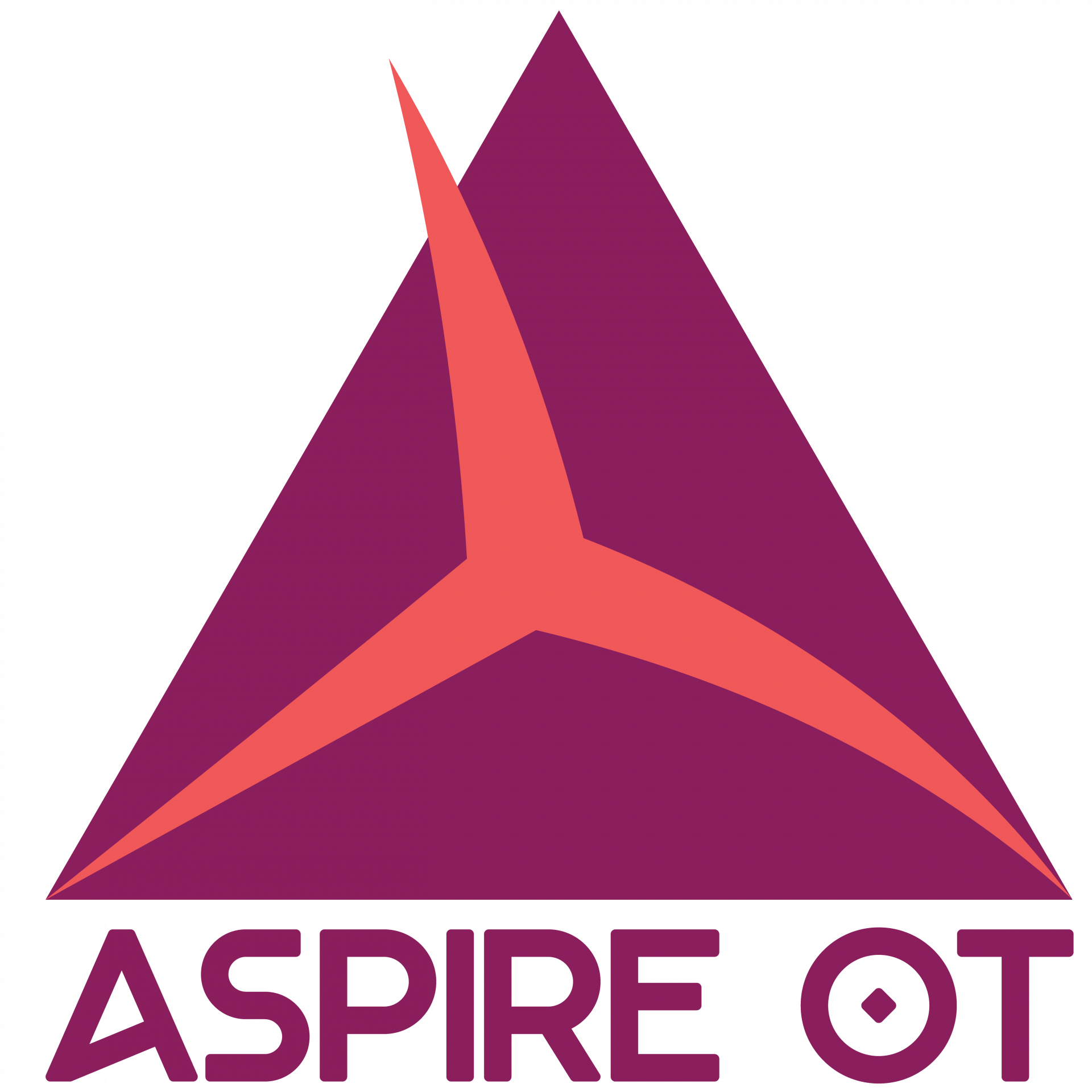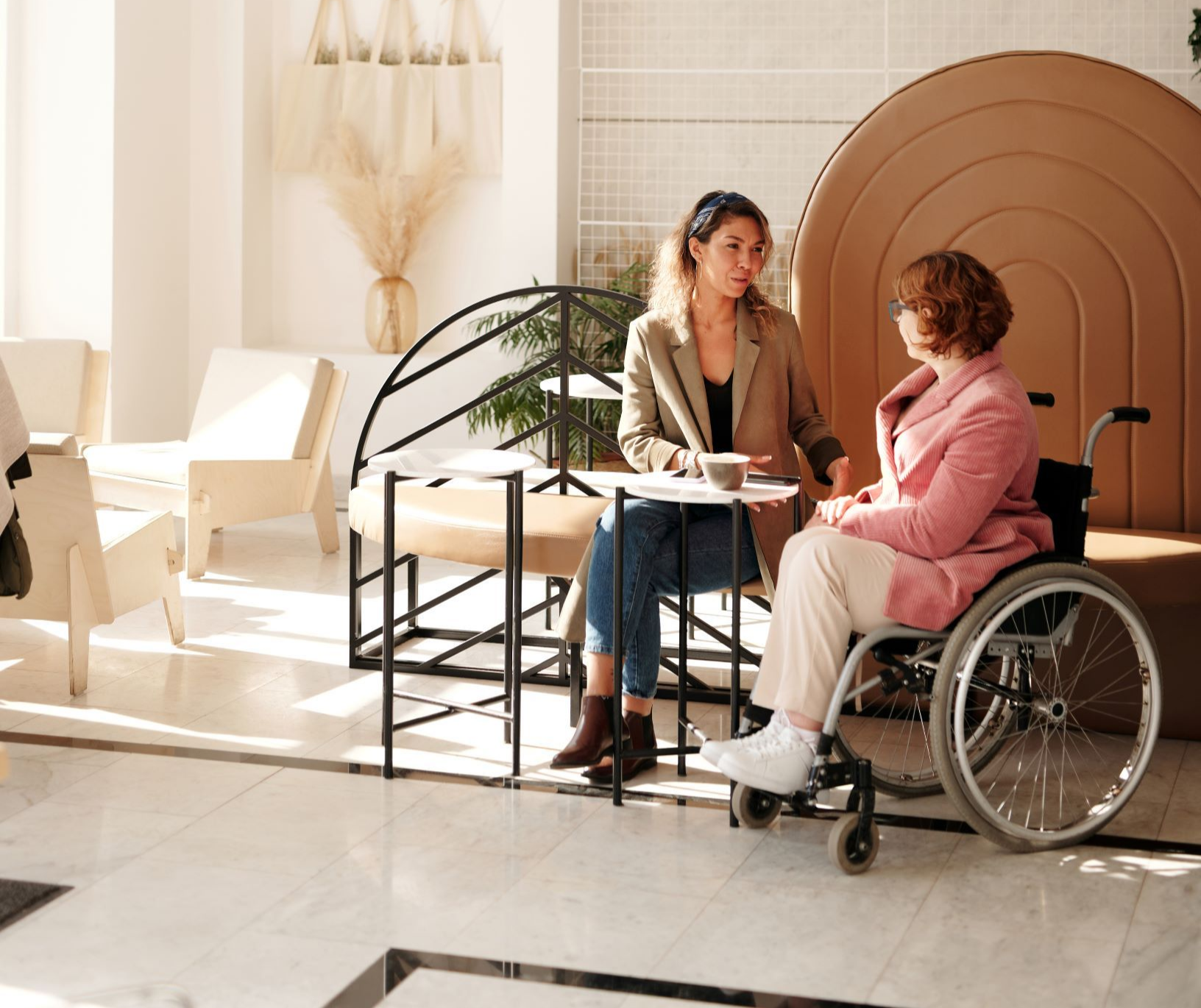Welcome to guest bloggers and Occupational Therapists:
Karla Reese, DHSc, OTR/LJenn (JJ) Soros, PhD, OTR/L
As occupational therapy practitioners, we pride ourselves on addressing the whole person and all meaningful activities in their lives. Yet there's one ADL that often gets overlooked in practice: sexual activity. Many practitioners feel unprepared or uncomfortable discussing sexuality and intimacy with clients, despite recognizing its importance to overall well-being and quality of life. The good news? This is a skill that can be developed with the right framework and approach.
Empty space, drag to resize
Keep reading to learn:- Why sex and intimacy matter to OT practice
- How to apply the Occupational Therapy Sexual Assessment Framework (OTSAF) to OT practice
- Practical skills for addressing sex and intimacy in occupational therapy practice
Empty space, drag to resize
In this article, you'll learn and why it is important to address sex and intimacy in OT practice how to apply the Occupational Therapy Sexual Assessment Framework (OTSAF) to occupational therapy practice.
Sexual activity and intimate partner relationships are included in the Occupational Therapy Practice Framework. When we avoid discussing it, we're potentially ignoring:
• A fundamental aspect of human dignity and identity
• A meaningful occupation that impacts quality of life
• An area where our activity analysis and adaptation skills could make a profound difference
The reluctance to address sexuality often stems from:
• Limited professional education on the topic
• Personal discomfort or cultural barriers
• Uncertainty about appropriate boundaries
• Lack of practical frameworks for assessment and intervention
The good news is that these barriers can be overcome through education, self-reflection, and practical frameworks like the Occupational Therapy Sexual Assessment Framework (OTSAF).
The OTSAF organizes sexual activity into manageable components including sexual activity, sexual response, sexual expression, sexual self-view, intimacy, and sexual health. This framework allows practitioners to address sexuality systematically using familiar occupational therapy principles.
Developing competence in addressing sexuality requires several practical skills:
• Opening conversations about sexuality in a professional manner
• Using appropriate assessment approaches
• Implementing intervention strategies across all pertinent areas of occupation
• Documenting with language that maintains professionalism
For example, simple conversation starters like "Many people with [condition] have questions about how it might affect their intimate relationships. Is this something you'd like to discuss?" can open the door to addressing this important occupation.
When viewed through an occupational justice lens, we recognize that all individuals have the right to engage in meaningful occupations, including sexual activity. The World Association for Sexual Health Declaration affirms that sexual pleasure is fundamental to wellbeing and should be integrated into healthcare approaches.
By developing competence in addressing sexual activity, OT practitioners champion occupational justice and provide truly client-centered care.
The path to becoming comfortable with addressing sexuality in practice requires:
1. Self-reflection on personal comfort levels and biases
2. Education on frameworks and approaches
3. Practice with conversation starters and documentation
4. Commitment to seeing sexual activity as a legitimate ADL
By expanding our professional comfort zone, we expand our capacity to serve our clients' needs holistically. After all, isn't that what occupational therapy is all about?
Ready to consider addressing sex and intimacy in your practice? Enroll in Karla and Jenn's upcoming webinar, Getting Comfortable with the Uncomfortable: OT and Sex and gain practical strategies for addressing sexual intimacy to improve the health and well-being of your clients.



